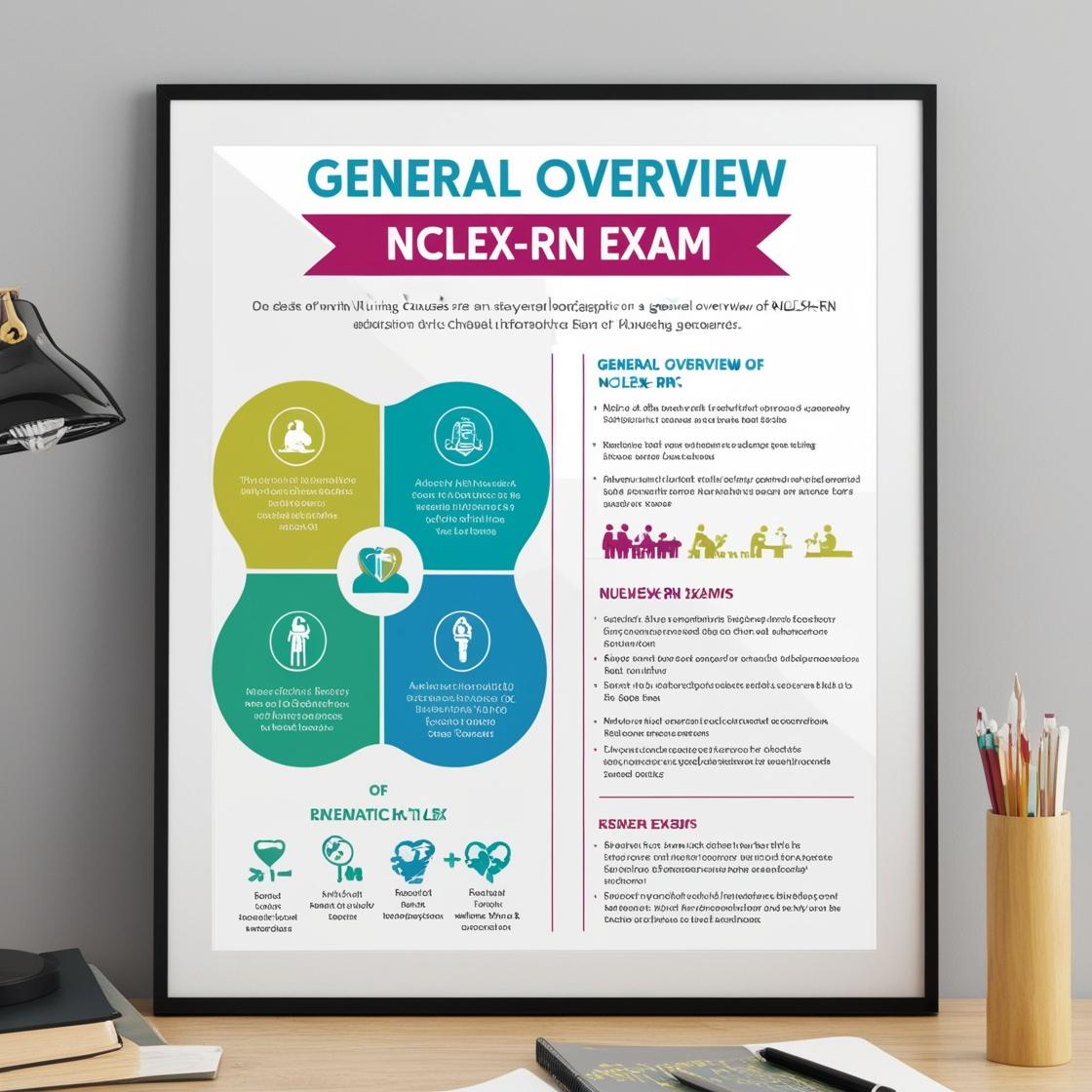NCLEX-RN
Saunders NCLEX RN Practice Questions
1. A client is seen in the emergency room as a victim of suspected domestic violence. The nurse's aide brings the client to a center curtained area, gives her a gown to change into, and asks her to wait for the nurse. What is the most appropriate action of the nurse upon arrival?
- A. Ask the client to undress to assess for injuries
- B. Take the client into a private room
- C. Notify the police to file a report
- D. Notify the house supervisor to keep security on alert
Correct answer: B
Rationale: When dealing with a client suspected of domestic violence, it is crucial to provide privacy and a safe environment. Taking the client into a private room allows for a confidential conversation and assessment without compromising the client's safety or dignity. The nurse should prioritize creating a safe space for the client to share information and receive support. Notification of authorities should only occur once a thorough assessment has been conducted to ensure the client's safety and well-being. Option A is incorrect because asking the client to undress should be done with sensitivity and respect for the client's privacy, focusing on assessing injuries rather than visualizing them. Option C is premature as involving the police should be based on a comprehensive assessment and the client's consent. Option D is not the most immediate and direct action required to address the client's immediate needs in a suspected domestic violence situation.
2. Examples of preservation of self-integrity include all of the following except:
- A. Using assistive equipment to move bariatric clients
- B. Participating in wellness programs
- C. Accepting the challenge of caring for clients with oppositional beliefs or practices
- D. Using hand hygiene and personal protective equipment
Correct answer: C
Rationale: Preservation of self-integrity involves actions that support the nurse's well-being and ethical standards. Using assistive equipment to move bariatric clients and practicing hand hygiene and personal protective equipment are essential aspects of maintaining physical health and safety, contributing to self-care. Participating in wellness programs further enhances self-care by promoting overall well-being. However, accepting the challenge of caring for clients with oppositional beliefs or practices can be emotionally taxing and may compromise a nurse's self-integrity if it leads to significant moral distress or ethical conflicts. In such situations, it is important for nurses to prioritize their well-being and ethical values by seeking alternative solutions or support.
3. Which of the following is the most appropriate example of anticipatory guidance for a 16-year-old who has been hospitalized for an ankle fracture?
- A. Changes associated with puberty
- B. Driving and staying safe
- C. The health hazards of smoking
- D. Social media influences
Correct answer: B
Rationale: Anticipatory guidance is an educational process that provides information important to a client's situation. When considering a 16-year-old who has been hospitalized for an ankle fracture, the most suitable anticipatory guidance would be regarding driving and staying safe. This guidance is crucial as it is age-appropriate and relevant to preventing future injuries. Choices A, C, and D are less pertinent in this scenario. Changes associated with puberty, health hazards of smoking, and social media influences may not directly address the immediate safety concerns of a 16-year-old with an ankle fracture.
4. Which of the following tasks may be delegated to unlicensed assistive personnel?
- A. Cleansing a wound with peroxide
- B. Irrigating a colostomy
- C. Assisting with performing incentive spirometry
- D. Removing a saline-lock IV
Correct answer: C
Rationale: Certain tasks can be safely delegated to unlicensed assistive personnel to assist nurses in their workload. Tasks that involve routine activities like incentive spirometry can be delegated. Unlicensed assistive personnel can assist clients with incentive spirometry, helping in promoting lung expansion and preventing respiratory complications. Cleansing a wound with peroxide (Choice A) and irrigating a colostomy (Choice B) involve more complex procedures that should be performed by licensed healthcare providers due to the risk of infection and potential complications. Removing a saline-lock IV (Choice D) requires specialized training and should only be performed by licensed personnel to prevent complications and ensure patient safety. The nurse remains responsible for delegating tasks appropriately and overseeing the care provided by unlicensed assistive personnel.
5. Which of the following types of antipsychotic medications is most likely to produce extrapyramidal effects?
- A. Atypical antipsychotic drugs
- B. First-generation antipsychotic drugs
- C. Third-generation antipsychotic drugs
- D. Dopamine system stabilizers
Correct answer: B
Rationale: The correct answer is first-generation antipsychotic drugs. These drugs are potent antagonists of D2, D3, and D4 receptors, making them effective in treating target symptoms but also leading to numerous extrapyramidal side effects due to the blockade of D2 receptors. Atypical or second-generation antipsychotic drugs, as mentioned in choice A, are relatively weak D2 blockers, which results in a lower incidence of extrapyramidal side effects. Third-generation antipsychotic drugs, as in choice C, and dopamine system stabilizers, as in choice D, are not typically associated with significant extrapyramidal effects compared to first-generation antipsychotics.
Similar Questions

Access More Features
NCLEX RN Basic
$69.99/ 30 days
- 5,000 Questions with answers
- Comprehensive NCLEX coverage
- 30 days access @ $69.99
NCLEX RN Premium
$149.99/ 90 days
- 5,000 Questions with answers
- Comprehensive NCLEX coverage
- 30 days access @ $149.99
